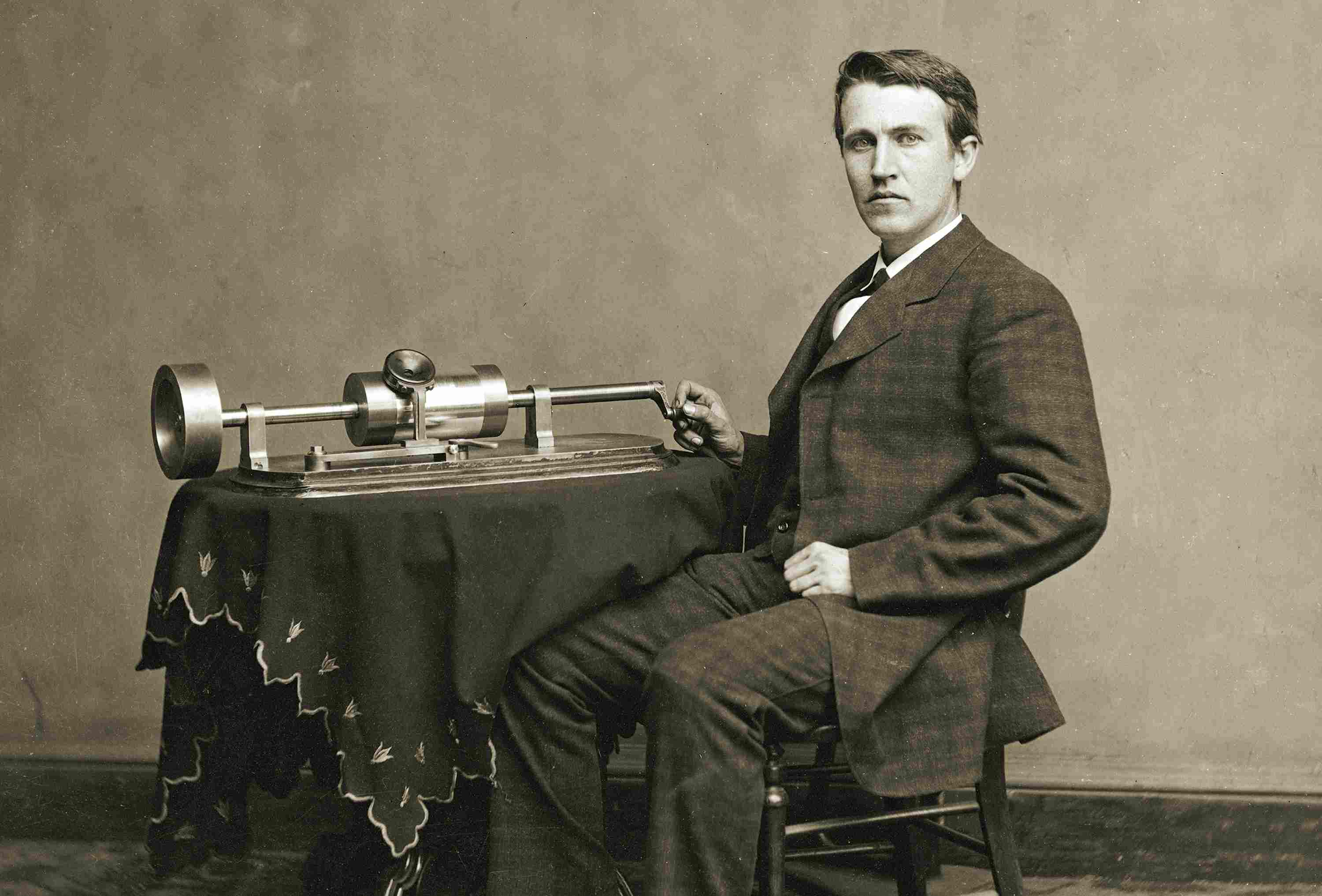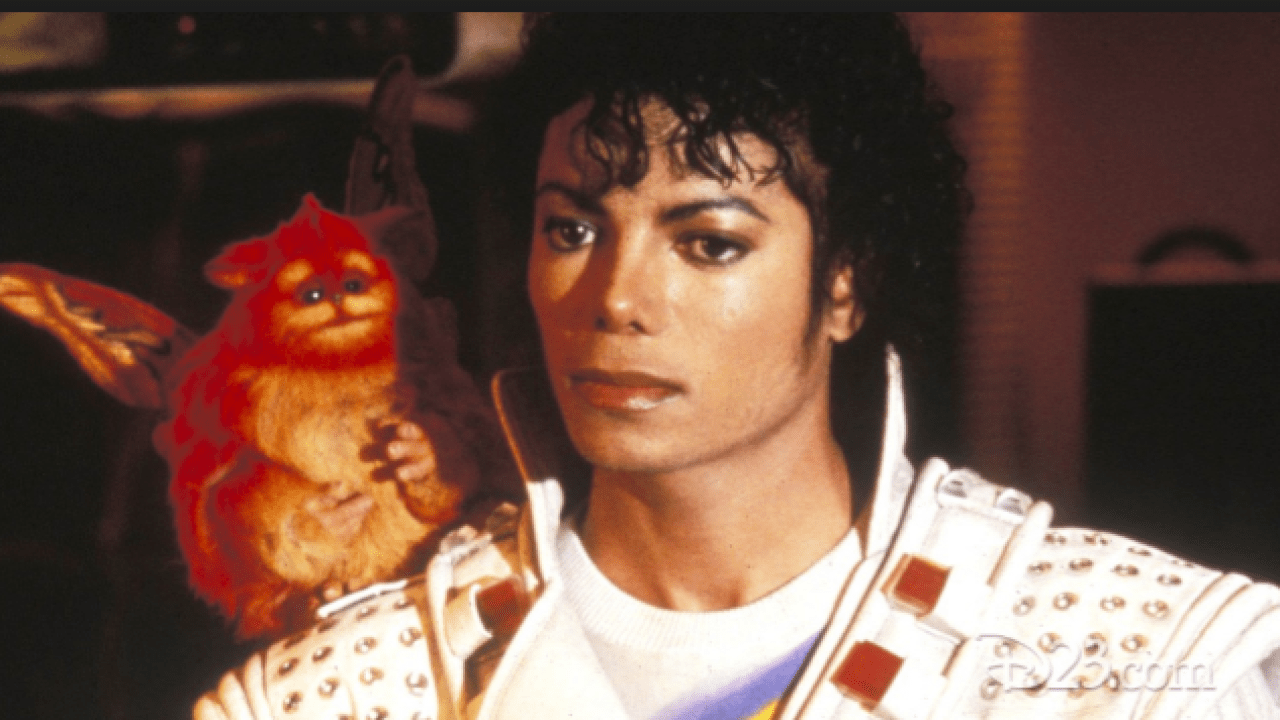There was once a time when every second film to be released was designed to be viewed in 3D, yet now we see a complete lack of any 3D films hitting the market.

Physicists, inventors and scientists have been experimenting with 3D film since the early 1830’s. An article from the 1870’s reacted to Thomas Edison’s demonstration of his phonograph by saying, ”It is already possible, by ingenious optical contrivances, to throw stereoscopic photographs of people on screens in full view of an audience. Add the talking phonograph to counterfeit their voices and it would be difficult to carry the illusion of real presence much further”. This illustrates a very early societal interest in film and its possibilities, which was to continue until the very first moving pictures.
Following various impractical experiments from 1890-1915 and the intervention of World War One on theatres attempting to create a three dimensional viewing experience, the idea was essentially abandoned as a gag. Only in 1922 did an ambitious pair, comprised of a producer and a cinematographer, release a film called The Power Of Love, which utilised the anaglyph 3D system and gave audiences the well-know red and blue glasses, also allowing audiences to choose which ending they’d like to view by looking through only one of the colour frames. Despite little public enthusiasm, filmmakers continued experimenting with the medium and creating 3D films up until the 1950’s when the first colour 3D film, Bwana Devil was released. Not only was the film a hit with audiences, largely due to the novelty aspect of 3D rather than the content, but it also drew Hollywood attention to the idea of 3D.

Walt Disney began creating 3D films in 1953, before the industry entered another period of decline. The main reasons for this were the difficulty of projecting the films, the eyestrain audiences experienced, and the mandatory intermission necessary to prepare the projectors. Once large stars such as John Wayne, Dean Martin and Jerry Lewis began to appear, however, public interest grew once again, and by the time Sterovision was invented in 1970, 3D films found commercial as well as critical success.
In the 1980’s, IMAX theatres grew in popularity, and began perfecting the mathematical formulas needed to lessen eye strain and create a clear 3D rendition of the projected images. Walt Disney found new success working within 3D parameters, such as with the film by Francis Ford Coppola, Captain EO, starring Michael Jackson. Numerous successful films funded by IMAX emerged from this period, such as Into The Deep, Wings Of Courage and the strange, 4D experiment Honey, I Shrunk The Audience. In hindsight, these films and others seem like novelties more than anything else now, and any attempt to describe the efforts of these filmmakers as pushing the boundaries of art or filmmaking seems fairly farfetched.

Many films from the 1990’s, both documentaries and fictional films, were released in 3D from the 1990’s until the early 2000’s. Often, as most people will remember, films were screened both in 2D and 3D with the audience able to choose which they’d prefer. Many earlier releases, such as James Cameron’s Titanic, were transubstantiated into 3D format, a plucky move by filmmakers to introduce 3D as the new norm. However, the reactions to 3D by audiences and the option to avoid 3D proved to be the downfall of modern 3D filmmaking.
Kung Fu Panda 2 only earned 45% of its earnings from the 3D version of the film in 2011, with similar percentages recorded for the final installment of the Harry Potter films and Captain America: The First Avenger. Granted, the quality of output from major studios during this time was mainstream and average, but higher ticket prices as well as the discomfort of eye glasses drew audiences away from 3D films, until finally the idea nearly completely vanished from cinemas, and still remains essentially absent today.
While the invention of 3D film was a long time in the making, and showed real determination to push the boundaries by early filmmakers and film practitioners, the culmination fell short of both theirs and the viewers expectations. While initial experiments eventually became mainstream and even regular, the enjoyment of the novelty couldn’t outweigh the practical difficulties, and audiences seemed, and still seem to this day, to enjoy cinema in its purest form; storytelling.
Subscribe to FIB’s Weekly Alchemy Report for your weekly dose of music, fashion and pop culture news!







